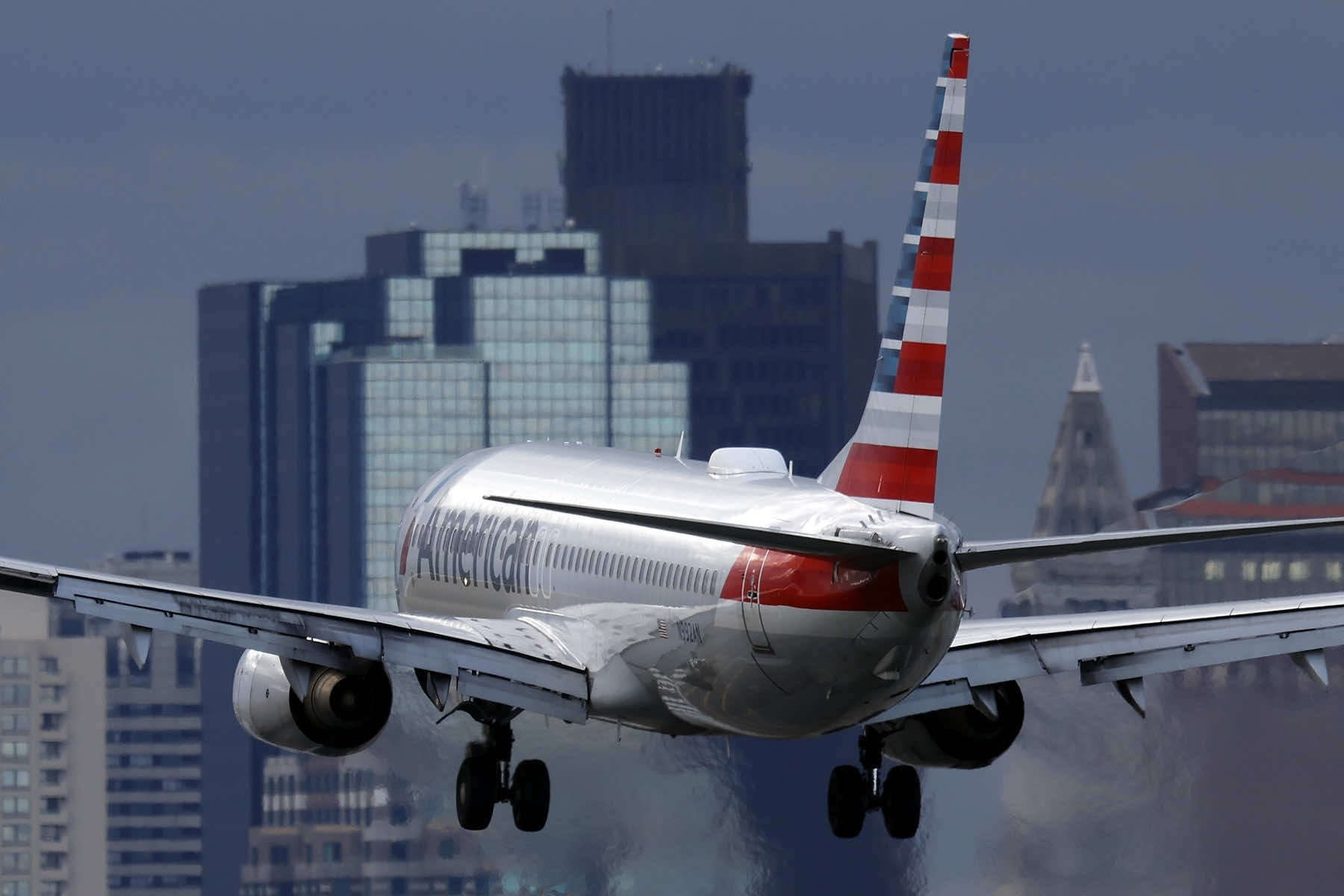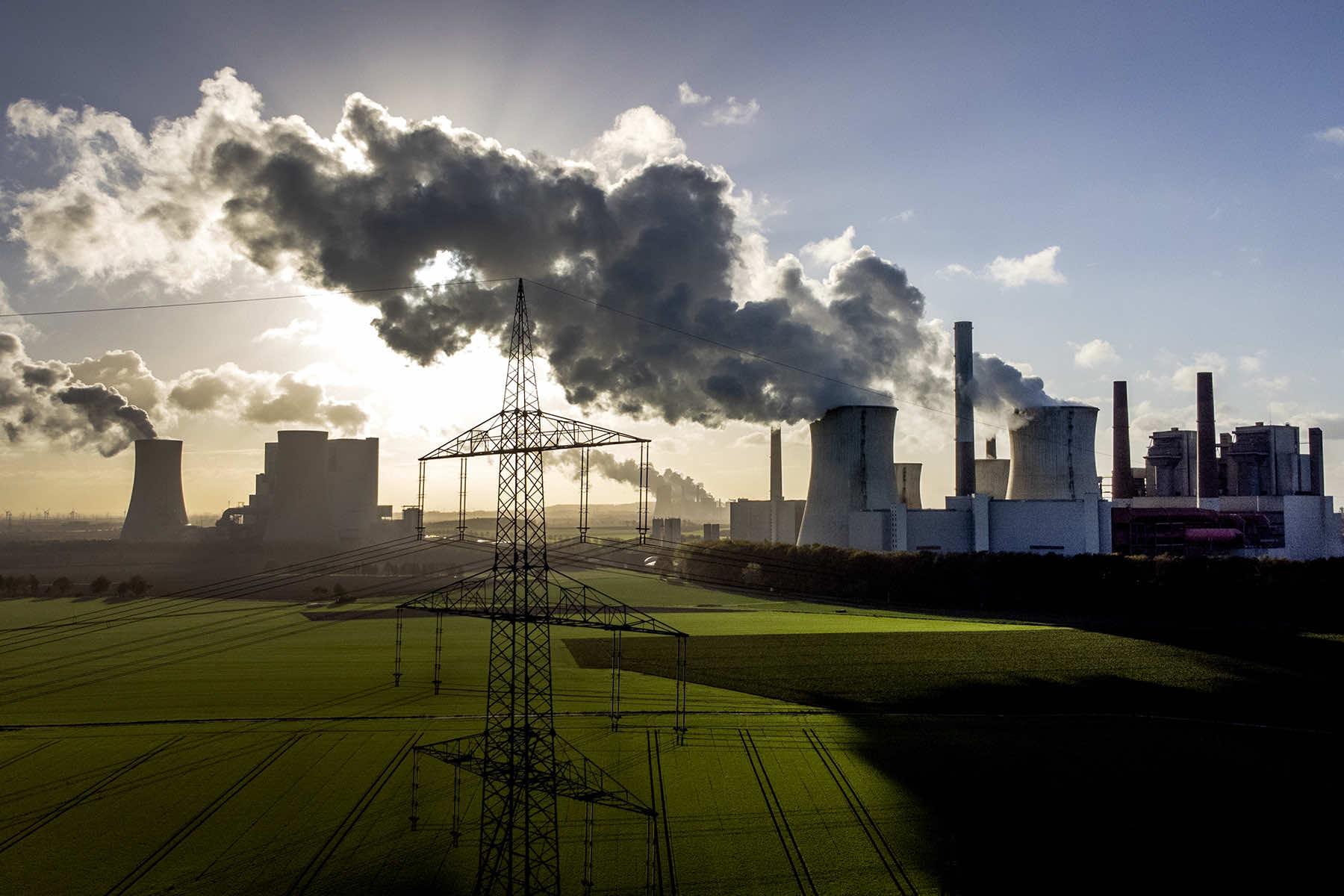
Communities around the world emitted more carbon dioxide in 2022 than in any other year on records dating to 1900, a result of air travel rebounding from the pandemic and more cities turning to coal as a low-cost source of power.
Emissions of the climate-warming gas that were caused by energy production grew 0.9% to reach 36.8 gigatons in 2022, the International Energy Agency reported at the beginning of March. (The mass of one gigaton is equivalent to about 10,000 fully loaded aircraft carriers, according to NASA.)
Carbon dioxide is released when fossil fuels such as oil, coal or natural gas are burned to powers cars, planes, homes and factories. When the gas enters the atmosphere, it traps heat and contributes to the warming of the the climate.
Extreme weather events intensified last year’s carbon dioxide emissions: Droughts reduced the amount of water available for hydropower, which increased the need to burn fossil fuels. And heat waves drove up demand for electricity.
The March report was described as disconcerting by climate scientists, who warn that energy users around the world must cut emissions dramatically to slow the dire consequences of global warming.
“Any emissions growth — even 1% — is a failure,” said Rob Jackson, a professor of earth system science at Stanford University and chairman of the Global Carbon Project, an international group. “We can’t afford growth. We can’t afford stasis. It’s cuts or chaos for the planet. Any year with higher coal emissions is a bad year for our health and for the Earth.”
Carbon dioxide emissions from coal grew 1.6% last year. Many communities, primarily in Asia, switched from natural gas to coal to avoid high natural gas prices that were worsened by Russia’s invasion of Ukraine, the IEA said.
And as global airline traffic increased, carbon dioxide emissions from burning oil grew 2.5%, with about half the surge resulting from the aviation sector.
Global emissions have grown in most years since 1900 and have accelerated over time, according to data from IEA. One exception was the pandemic year of 2020, when travel all but came to a standstill.
Last year’s level of emissions, though a record high, was nevertheless lower than experts had expected. Increased deployment of renewable energy, electric vehicles and heat pumps together helped prevent an additional 550 megatons of carbon dioxide emissions, the IEA said.
Strict pandemic measures and weak economic growth in China also curtailed production, helping to limit overall global emissions. And in Europe, the IEA said, electricity generation from wind and solar power exceeded that of gas or nuclear for the first time.
“Without clean energy, the growth in CO2 emissions would have been nearly three times as high,” Fatih Birol, the IEA’s executive director, said in a statement.
“However, we still see emissions growing from fossil fuels, hindering efforts to meet the world’s climate targets. International and national fossil fuel companies are making record revenues and need to take their share of responsibility, in line with their public pledges to meet climate goals.”
Though emissions continue to grow at worrisome levels, a reversal that would help achieve the climate goals that nations have committed to remains possible, said John Sterman, director of the Massachusetts Institute of Technology Sloan Sustainability Initiative.
Nations must subsidize renewables, improve energy efficiency, electrify industry and transportation, set a high price for carbon emissions, reduce deforestation, plant trees and rid the system of coal, Sterman argued.
“This is a massive, massive undertaking to do all these things, but that’s what’s needed,” he said.















